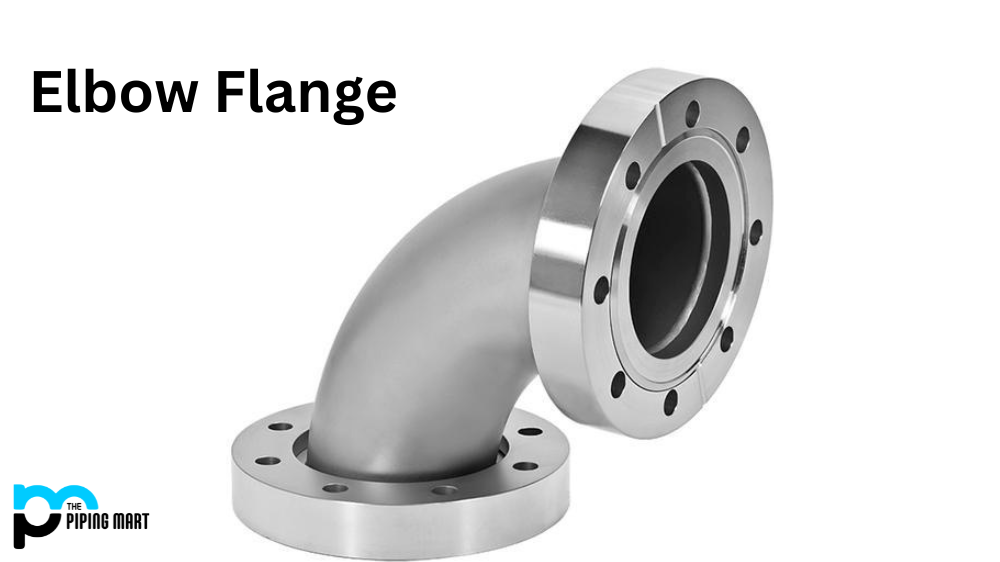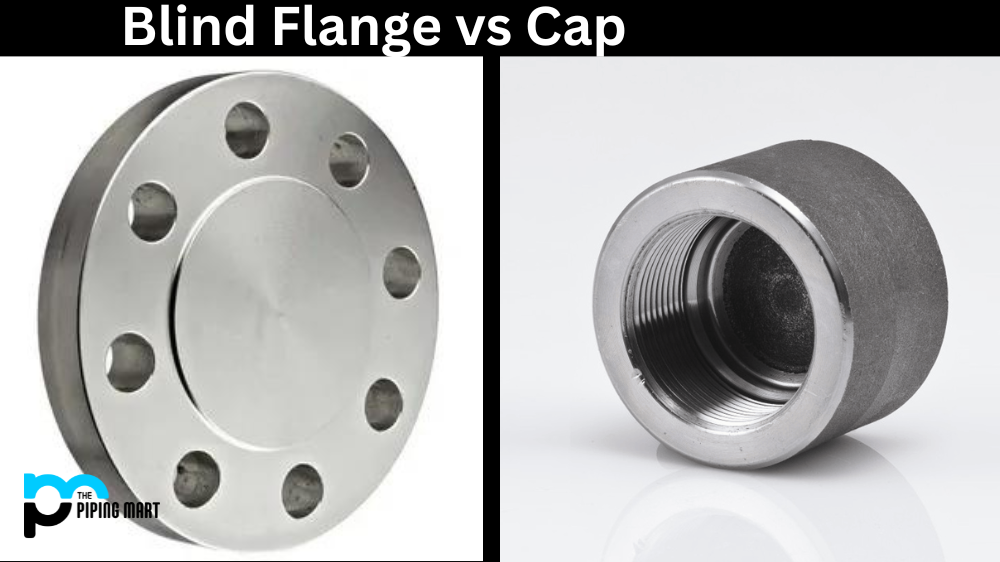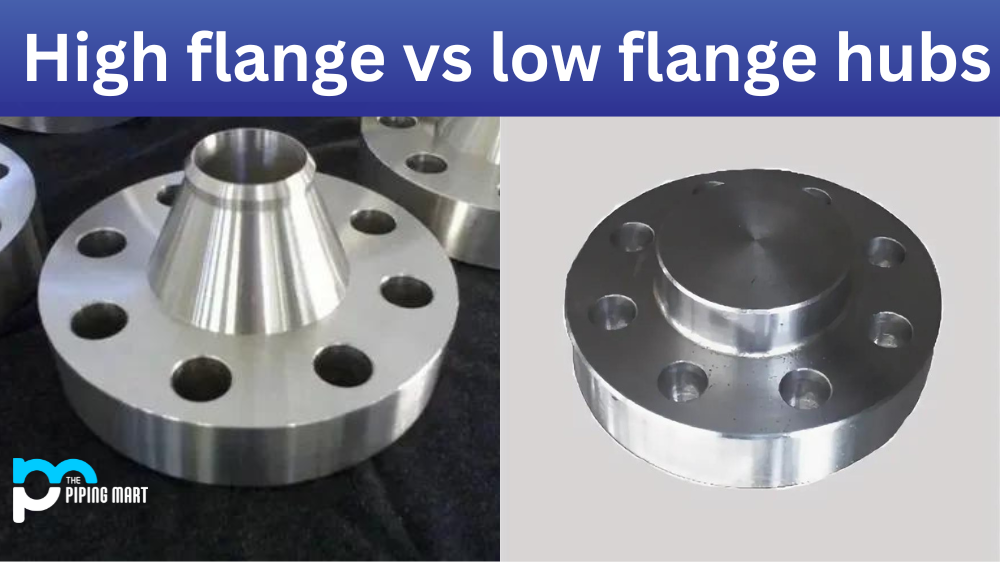The world of flanges comprises numerous types for seamless connections and leak-proof fluid transportation. But when it comes to choosing flanges for pipelines or vessels, two different types of flanges rule the domain, i.e., fixed flange and lap joint flange. Both flanges serve the same purpose but are unique in their design, material, and applications. If you’re wondering which type suits your pipeline or vessel needs, dive into the article to explore the significant differences between fixed flange vs lap joint flange.
Fixed Flange
Fixed Flange is a welding process in which two objects are connected by melting metal rods at one end. It is used to join pipes, valves, and other elements together. Fixed flanges provide stability and support the pressure of liquids or gases that travel through the joined pieces. This technique is commonly found in industries dealing with hydraulics and piping systems because it requires minimal maintenance after installation.
Lap Joint Flange
Lap Joint Flanges are pipe fittings used in piping systems to provide an easy access point for future maintenance or modification. The flange has two pieces that can be unbolted and separated, allowing one piece to remain in the piping system while the other is temporarily removed for repair or inspection. This design also allows for variation from standard sizes, making them a popular choice amongst engineers.
Difference Between Fixed Flange and Lap Joint Flange
Design:
Starting with the design, the fixed flange is a one-piece design permanently attached to the pipeline or vessel’s end. The shape of the flange forms a right-angled, ‘L’ shaped groove inside for a raised face connection. On the other hand, the lap joint flange is a two-piece assembly comprising a flat face flange and a matching stub end with a lap-joint ring to fit beneath the flange. The design allows the stub-end to rotate 360°, which means the flange can remain stationary during its fitment process.
Material:
The flange material is important in its strength and longevity, and both flanges differ in their construction material. The fixed flange is usually made of metal alloys such as carbon steel, stainless steel, or alloys prepared to withstand high-pressure and high-temperature environments. In contrast, the lap joint flange’s two-piece design allows the flange and stub-end to be fabricated using different materials. The flange can be of a high-quality alloy, while the stub-end can be made of less expensive carbon steel since it doesn’t come into contact with the fluid.
Assembly:
When it comes to assembling the flanges, both types require different procedures, and these procedures depend on the type of piping or vessel being used. Generally, fixed flanges require welding and bolting to seal their connection, which is time-consuming. On the contrary, lap joint flanges only require bolts to seal the connection between the stub end and the flange. While the lap joint flange system seems like an easier assembly process, it’s essential to note that it’s not resistant to internal pressure or thrust loads.
Applications:
Lastly, fixed and lap joint flanges have different applications, and their choice can define the functionality and efficiency of pipelines and vessels. The fixed flange is used for high-pressure environments like steam, chemical, or power plants. It’s also the preferred choice when dealing with pipelines where even a small leakage could have catastrophic consequences. Lap joint flanges are mostly used for low-pressure applications, such as water supply lines, fire sprinkler systems, or irrigation lines.
Conclusion:
To sum up, we’ve explored the differences between fixed flange vs lap joint flange, from their design and materials to their assembly and applications. Every flange type has unique benefits and drawbacks, and their choice depends on many factors. By now, we hope you’re well-versed in each flange type’s pros and cons and can decide which flange type is most suitable for your pipeline or vessel needs.

A passionate metal industry expert and blogger. With over 5 years of experience in the field, Palak brings a wealth of knowledge and insight to her writing. Whether discussing the latest trends in the metal industry or sharing tips, she is dedicated to helping others succeed in the metal industry.




